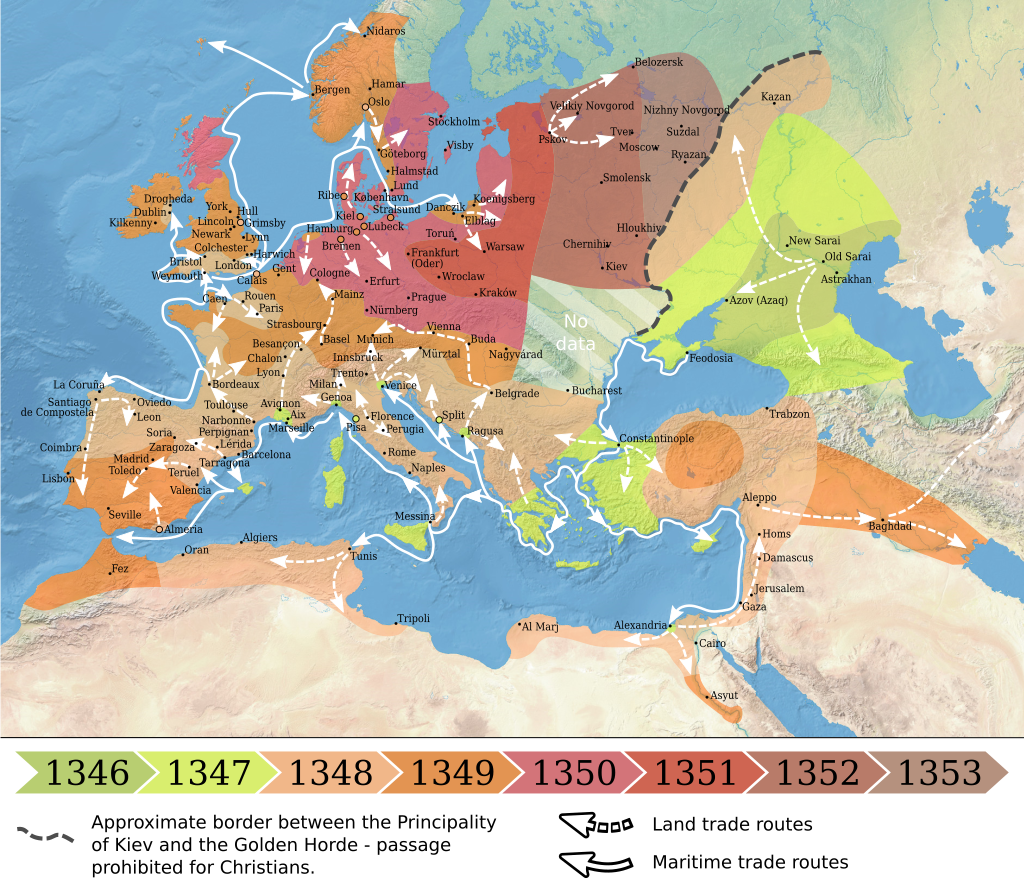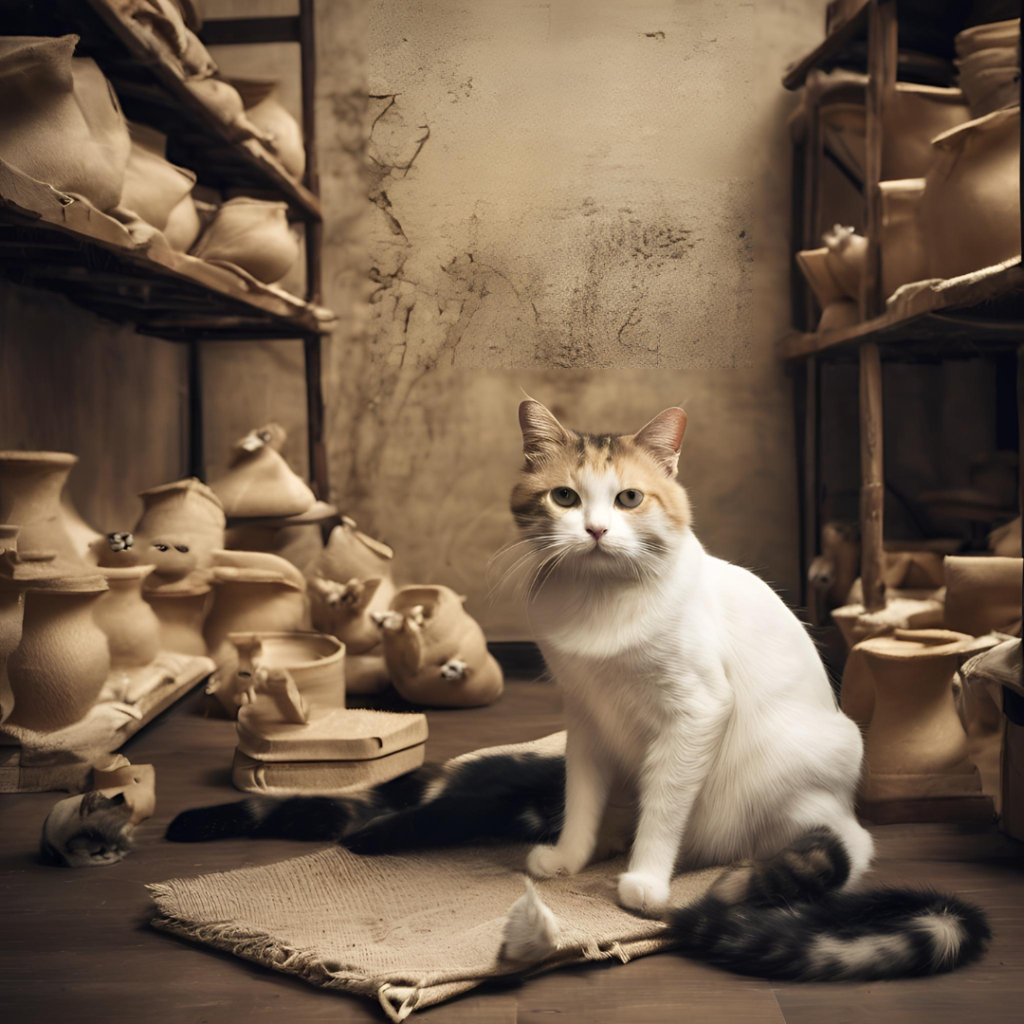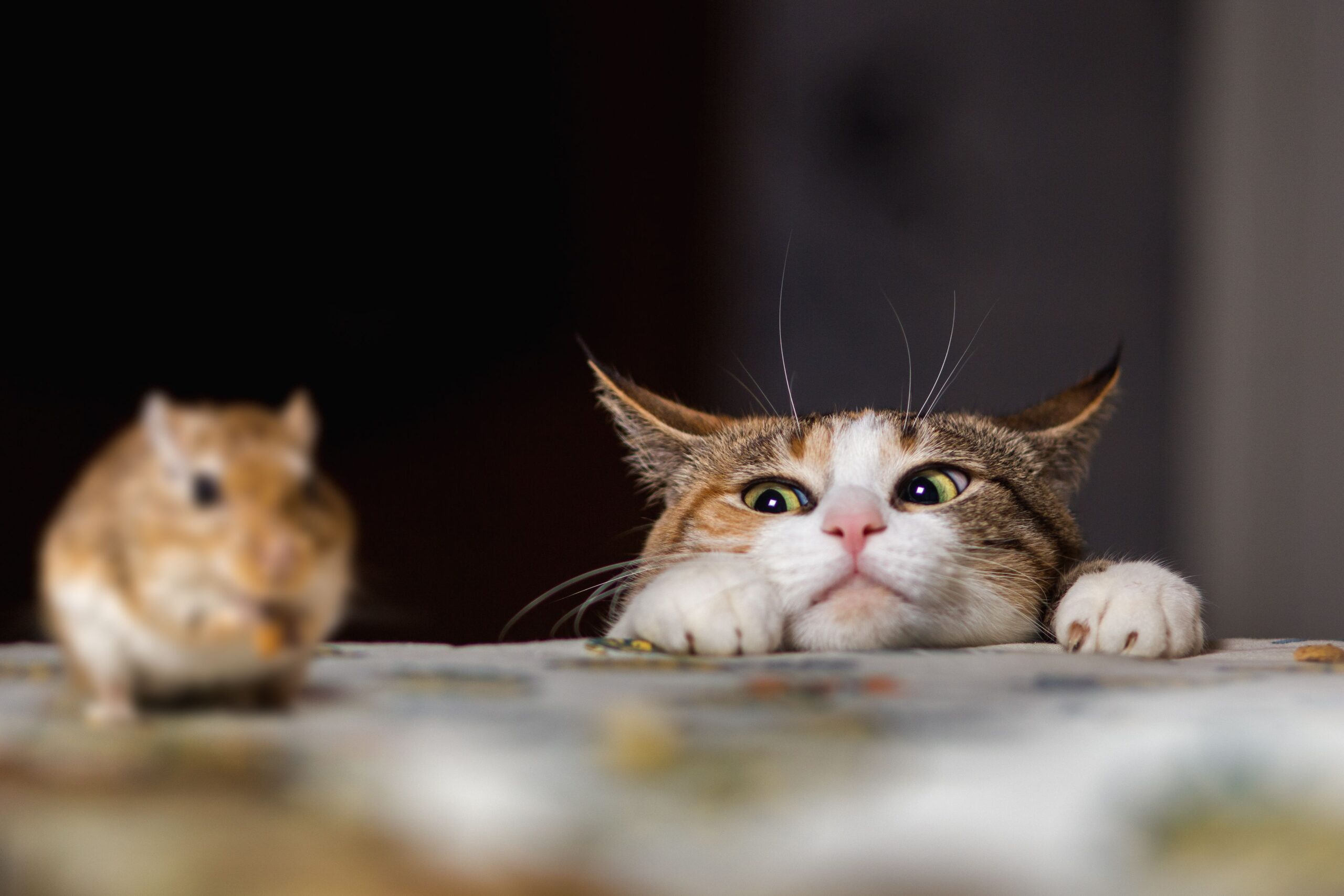For centuries, cats have been both revered and misunderstood. While often associated with companionship, these agile hunters have also played an essential role in human survival, especially during times of disease outbreaks.
From the Black Death to other rodent-borne plagues, cats’ hunting instincts helped control pests that carried deadly pathogens. Understanding how cats historically helped against plagues offers insights into their ecological importance and the value of natural pest control.
The Black Death and the Rodent Connection

The Black Death, which ravaged Europe in the 14th century, was caused by the bacterium Yersinia pestis, transmitted through fleas carried by rats. With cities overwhelmed by poor sanitation, rat populations flourished, creating a perfect storm for disease transmission.
Enter the humble cat. As natural predators of rodents, cats could have significantly mitigated the spread of the plague by reducing the rat population. However, misconceptions about cats during the Middle Ages, including their association with witchcraft, often led to their persecution, inadvertently allowing rats to thrive unchecked.
Key Takeaway:
Cats were an underutilized asset in controlling the rodent populations that contributed to the spread of the plague.
How Cats Act as Natural Pest Control

Cats have an innate ability to hunt and kill rodents, making them an effective form of pest control. Rodents are carriers of numerous diseases, including hantavirus, leptospirosis, and, historically, the plague. By keeping rodent populations in check, cats indirectly protect human health.
Key Benefits of Cats in Pest Control:
- Non-Toxic Solution: Unlike chemical pest control methods, cats pose no risk of environmental contamination.
- Continuous Deterrence: The mere presence of cats deters rodents from infesting an area.
- Cost-Effective: Cats provide a sustainable, low-maintenance method of controlling pests.

Cats and Historical Outbreaks
The Egyptian Reverence for Cats
Ancient Egyptians worshipped cats for their ability to protect grain supplies from rodents. This reverence extended to their role in maintaining public health by preventing food contamination.
The Bubonic Plague in Medieval Europe
Although cats could have played a crucial role in controlling the rat population during the Black Death, widespread superstitions often led to their extermination. Ironically, this persecution may have exacerbated the spread of the plague by removing a key predator of disease-carrying rodents.
Modern Outbreaks and Feral Cats
Even today, feral cats contribute to controlling pest populations in urban and rural areas. Studies have shown that areas with healthy stray cat populations often experience fewer rodent-related issues.

Scientific Evidence: How Cats Combat Plague-Carrying Rodents
1. Reduction of Rat Populations
Research shows that areas with active cat populations have significantly lower numbers of rodents. This reduction not only limits physical contamination but also curbs the spread of diseases carried by rats.
2. Interruption of Disease Cycles
Rodents are hosts for fleas, which are vectors for diseases like the plague. By reducing rodent numbers, cats indirectly disrupt the cycle of transmission.

3. Behavioral Deterrence
The scent and presence of cats often keep rodents at bay, even without direct hunting. This instinctual fear in rodents provides an additional layer of protection.
What This Teaches Us About Modern Pest Control
The historical role of cats in controlling plagues underscores the importance of natural pest management. While modern technologies offer alternatives, cats remain a valuable part of integrated pest management systems, especially in areas where chemical solutions pose risks to humans or the environment.

Practical Applications Today:
- Urban Environments: Stray and feral cats can help control pest populations in cities, reducing reliance on chemical pesticides.
- Agriculture: Farmers can leverage cats to protect grain stores and crops from rodent infestations.
- Public Awareness: Encouraging humane treatment of cats can ensure their continued role in maintaining ecological balance.
Challenges and Ethical Considerations
While cats are effective hunters, relying on them exclusively for pest control raises several ethical and ecological questions.
- Overpopulation of Cats: Stray and feral cat populations must be managed to prevent ecological disruption.
- Impact on Wildlife: Cats may prey on native bird species, which can harm local ecosystems.
- Human Responsibility: Ensuring cats are well-cared-for and vaccinated minimizes potential risks, such as the spread of diseases like toxoplasmosis.

Cats have historically played an underestimated but significant role in controlling plagues by keeping rodent populations in check. Their natural instincts, combined with their adaptability, make them a valuable ally in combating diseases linked to rodents. By understanding and appreciating the historical and ecological significance of cats, we can better integrate them into modern pest management strategies.
The next time you see a cat prowling the streets, remember: they may be quietly protecting us from the very plagues that once ravaged humanity.
